Currently, the entire Trieu Phong district has nearly 28,000 hectares of agricultural land, of which rice land is more than 6,000 hectares, accounting for 17%. In recent years, the district's agricultural production has achieved an average annual growth rate of 3.5-4%, ensuring food security, creating jobs and increasing income for the people.

Trieu Phong farmers take care of winter-spring rice crop - Photo: NV
Implementing Directive No. 11 dated September 14, 2004 of the Standing Committee of the District Party Committee on strengthening leadership to effectively implement the work of land consolidation, the entire political system from the district to the grassroots level has made efforts to direct cooperatives and farmers to implement. Thanks to that, from 2003 to 2009, the whole district had 12/19 communes and towns, 47/119 cooperatives implementing land consolidation, before land consolidation from 9-20 plots/household, after land consolidation reached 3-6 plots/household.
On April 5, 2013, the Standing Committee of the District Party Committee issued Notice No. 340 on developing a plan to continue promoting land consolidation, creating conditions for implementing the national target program on new rural construction. On June 10, 2013, the District People's Committee issued Plan No. 686 for implementation. Thanks to that, by 2014, 100% of communes had developed land consolidation plans, of which 11 communes carried out land allocation in the field according to the approved plan, reaching 87.37% of the plan. After implementing land consolidation, the area reached 1-3 plots/household, with areas reaching 10,000 m2/plot in some places.
After land consolidation, it has created favorable conditions for farmers to apply scientific and technical advances in production, the rate of mechanization has increased, and many rice-fish production models have become effective on lands that were previously difficult to produce or had ineffective production and low productivity.
Currently, in the district, there are many models of land concentration and accumulation in the form of land lease, land use rights transfer, cooperation - association, land consolidation - plot exchange to organize production with each point scale from a few hectares to tens of hectares, bringing economic efficiency 1.2 - 1.5 times higher than before. In 2023, Cao Hy Cooperative (Trieu Phuoc) conducted a pilot project of concentrating and accumulating rice land for 3 households with an area of 10 hectares.
In addition, some cooperatives in the district have concentrated land by leasing 5% of the land managed by the commune and land from households that do not need it to organize production, such as An Da Cooperative (Trieu Do), Ngo Xa Dong Cooperative (Trieu Trung). The results of land concentration and accumulation models have increased productivity and added value of agricultural products, creating an important premise for building modern agriculture.
However, the results achieved in land concentration and accumulation in the district are still in the form of models and pilots, the rest are still fragmented and small-scale, the form of land consolidation and plot exchange is not thorough, while the average agricultural land area per capita of the district is low compared to the average of the province and the region.
This is the biggest “bottleneck” for the development of modern agriculture, clean agriculture, organic agriculture, associated with the development of agricultural processing industry, adaptation to climate change and sustainable connection with the global agricultural value chain. In addition, urbanization is taking place rapidly, the rural labor force is increasingly shifting to non-agricultural sectors, the remaining rural labor force is mainly the elderly, so there is a situation of ineffective production, abandoned land or rented out to others.
To facilitate agricultural production, in March 2024, the People's Committee of Trieu Phong district developed the Project "Concentrating and accumulating land to form commodity production areas, linking product consumption in the district for the period 2024-2026, with a vision to 2030".
The goal of this project is to overcome the situation of small, fragmented land, reduce the number of land users, form large-scale specialized commodity production areas, and at the same time create conditions for enterprises, cooperatives, cooperative groups and other economic sectors to invest in commodity agricultural production, apply high technology associated with digital transformation, improve land use efficiency, and improve productivity and product quality.
Along with that, Trieu Phong district encourages forms of land concentration and accumulation in agriculture to reorganize production, promote joint ventures and value chain linkages, attract businesses to invest in agriculture and rural areas, and effectively and sustainably resolve the situation of fragmented and small-scale production.
The project also sets the target of implementing 7 models in the communes of Trieu Dai, Trieu Do, Trieu Hoa, Trieu Tai, Trieu Thuan, Trieu Trung, Trieu Phuoc in 2024; developing 14 more models in 2025 (1 model per commune); developing 28 more models in 2026 (2 more models per commune); and by 2030, striving to implement about 110 models in the whole district (an average of 8 models per commune).
Regarding the policy mechanism, for the form of land consolidation through land consolidation, the state supports the costs of measuring, marking boundaries, adjusting changes, establishing cadastral records and issuing land use right certificates after land consolidation, supports the costs of leveling and arranging fields, with a support level of 5 million VND/ha; supports the exhumation of graves, with a support level of 2-5 million VND/grave (depending on the scale and size of each grave). For the form of land use right leasing, the state supports the land lessor, with a support level of 2 million VND/ha (only supported once).
The project also stipulates the principles and forms of land concentration and accumulation in the district; conditions for implementing land concentration and accumulation for rice cultivation and solutions to achieve the highest results, increasing from 1.2 to 1.5 times or more like some current pilot production models in the district...
Nguyen Vinh
Source










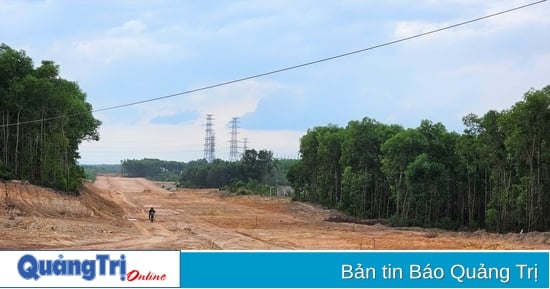
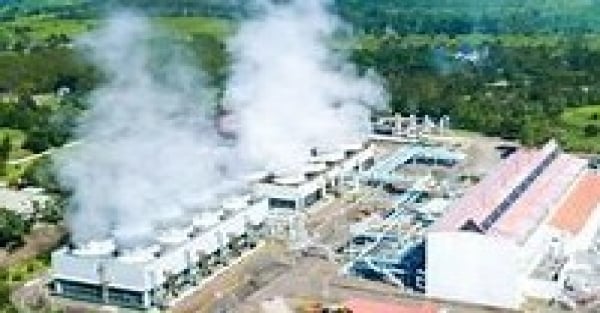

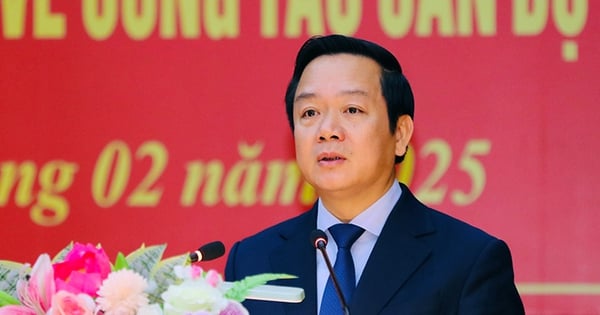

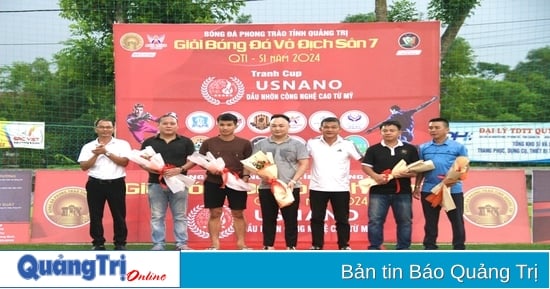







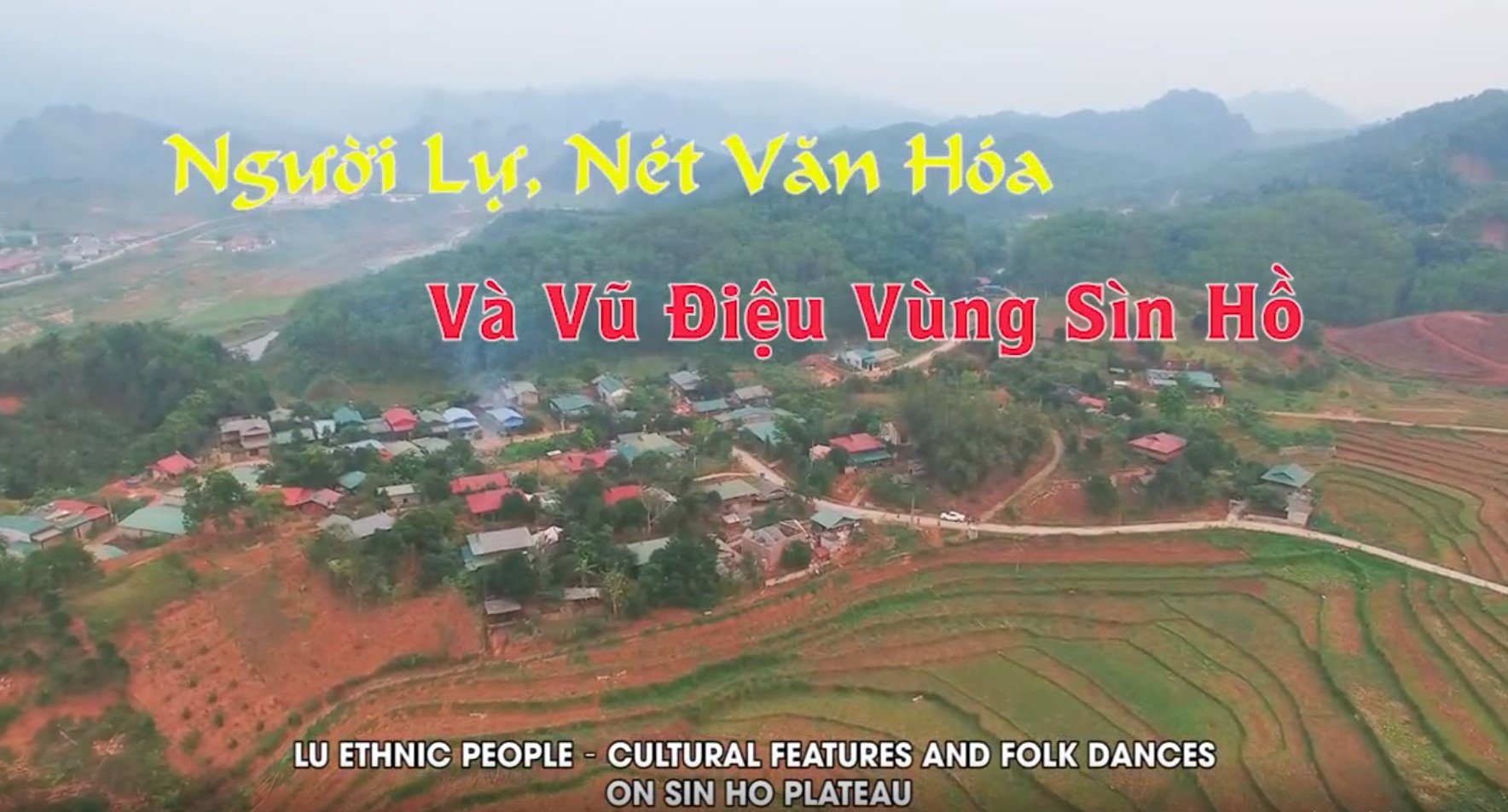



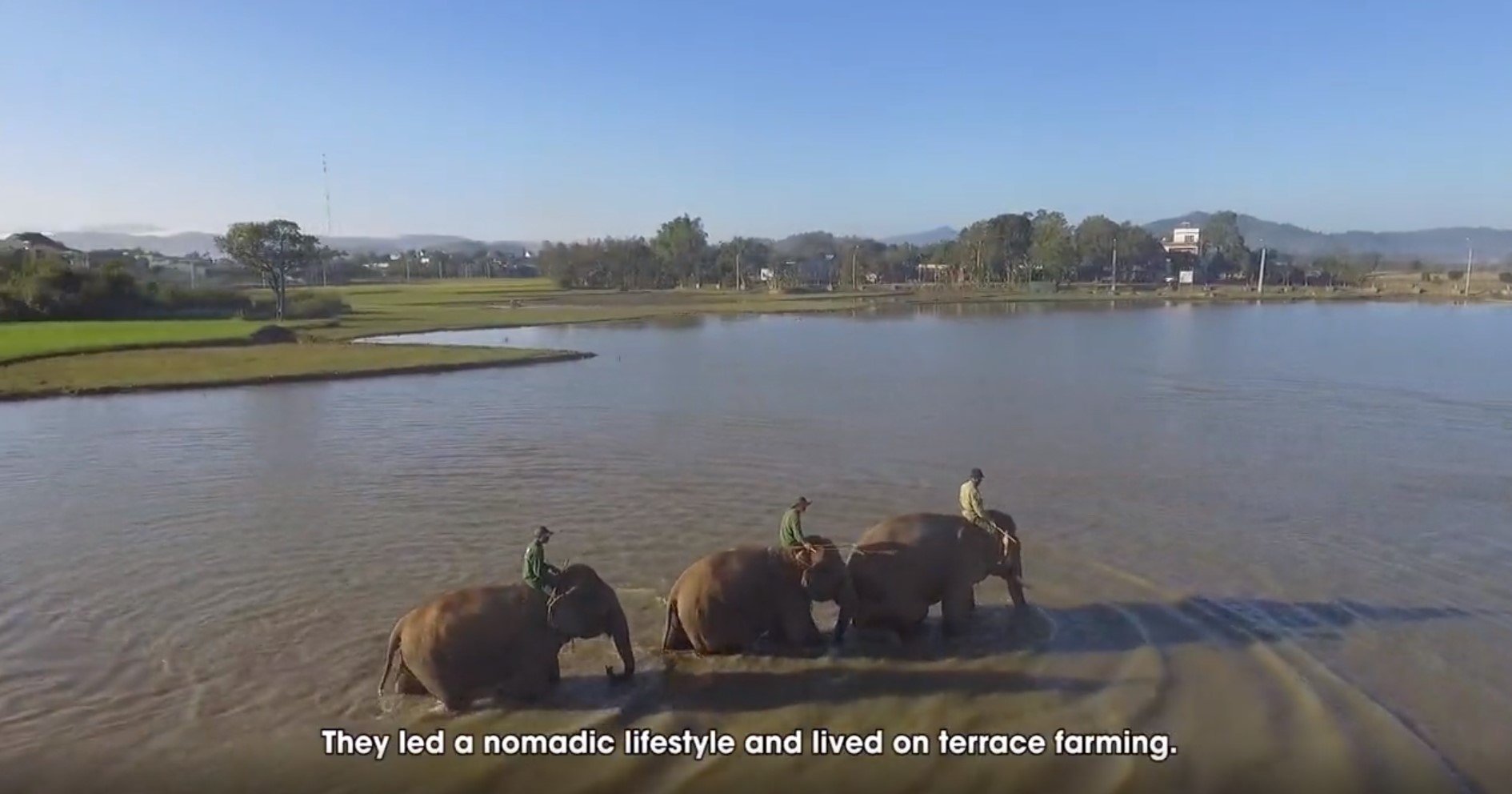








![[Photo] Prime Minister Pham Minh Chinh chairs Government Conference with localities on economic growth](https://vstatic.vietnam.vn/vietnam/resource/IMAGE/2025/2/21/f34583484f2643a2a2b72168a0d64baa)








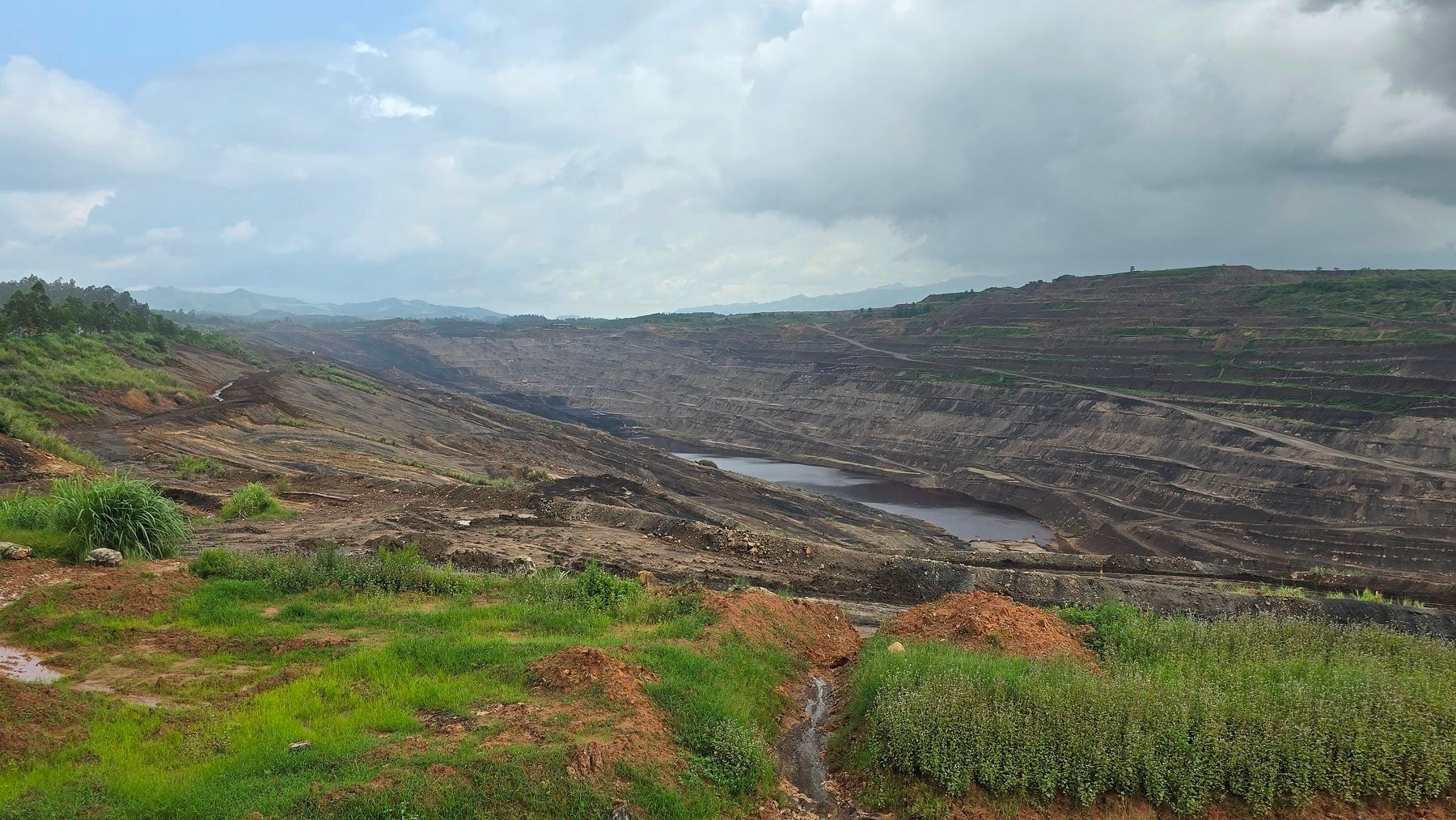





















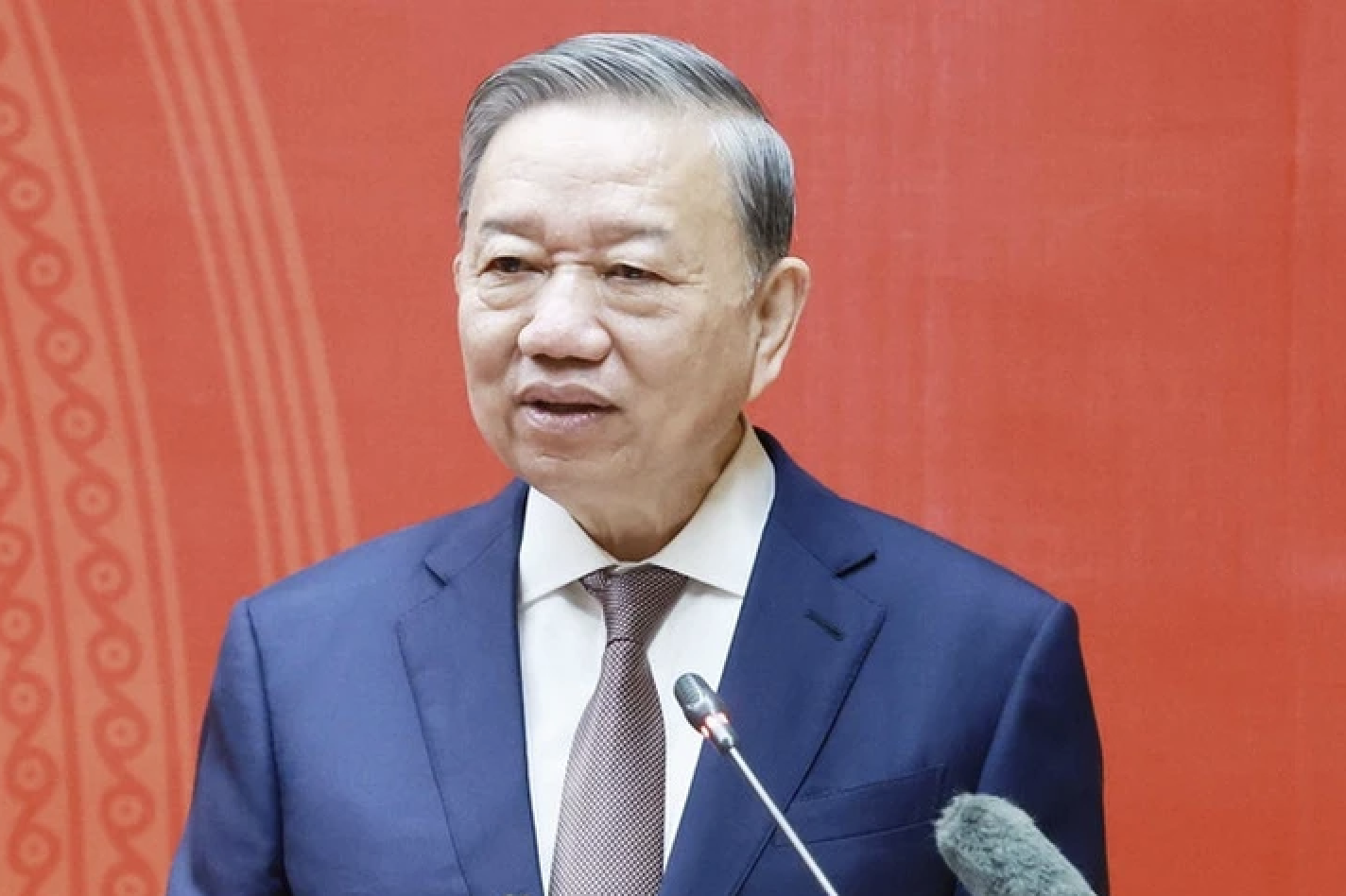
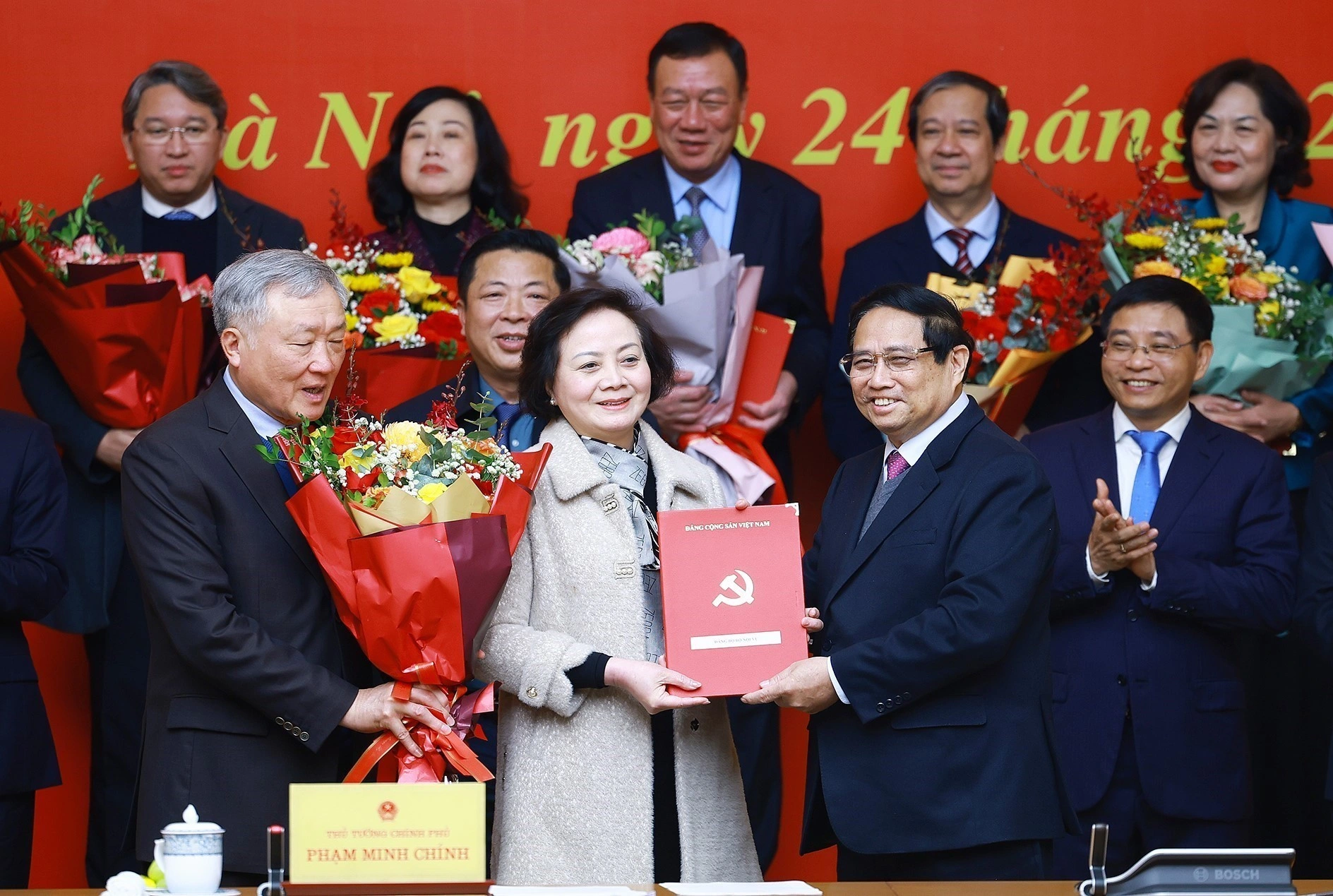
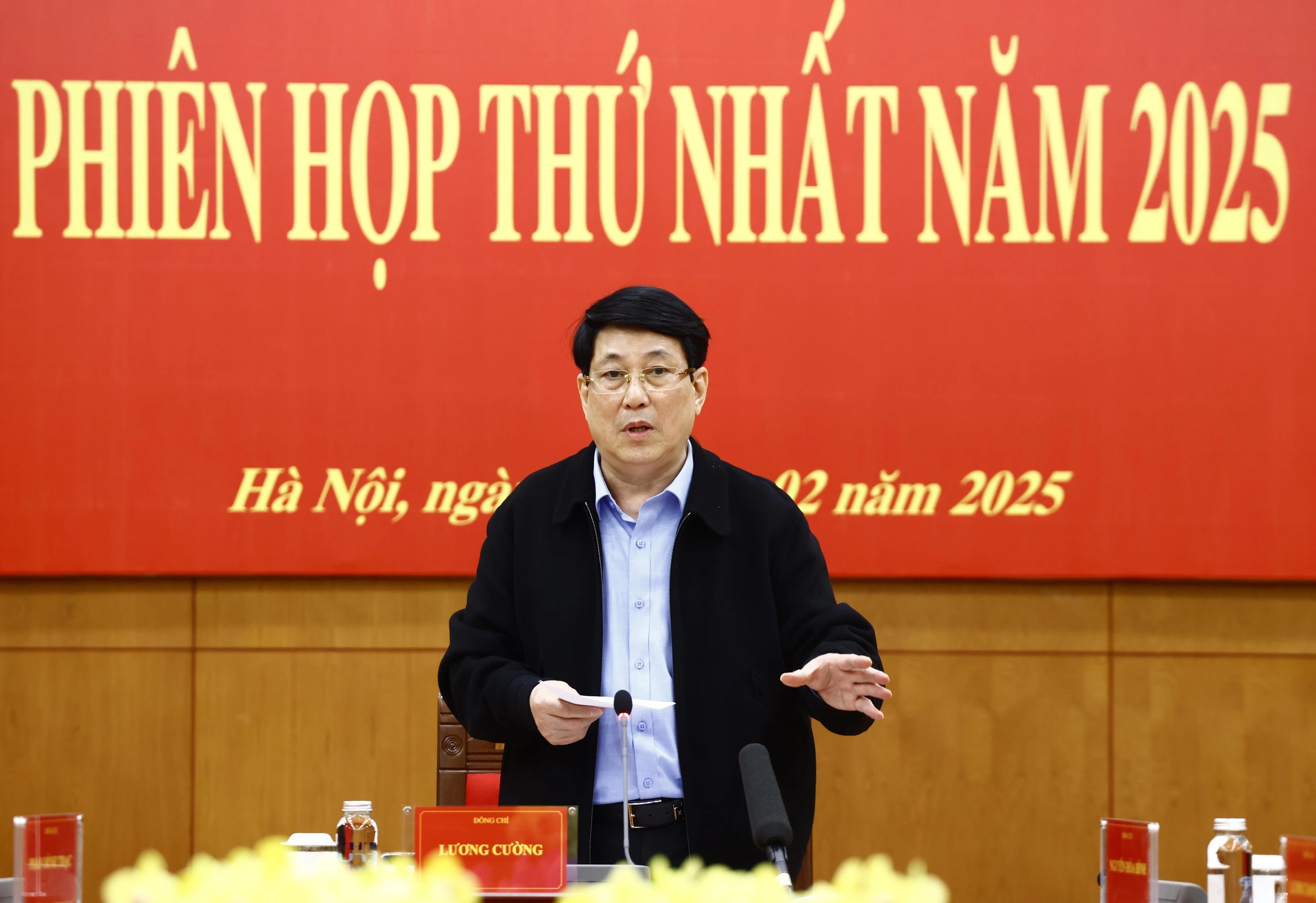

















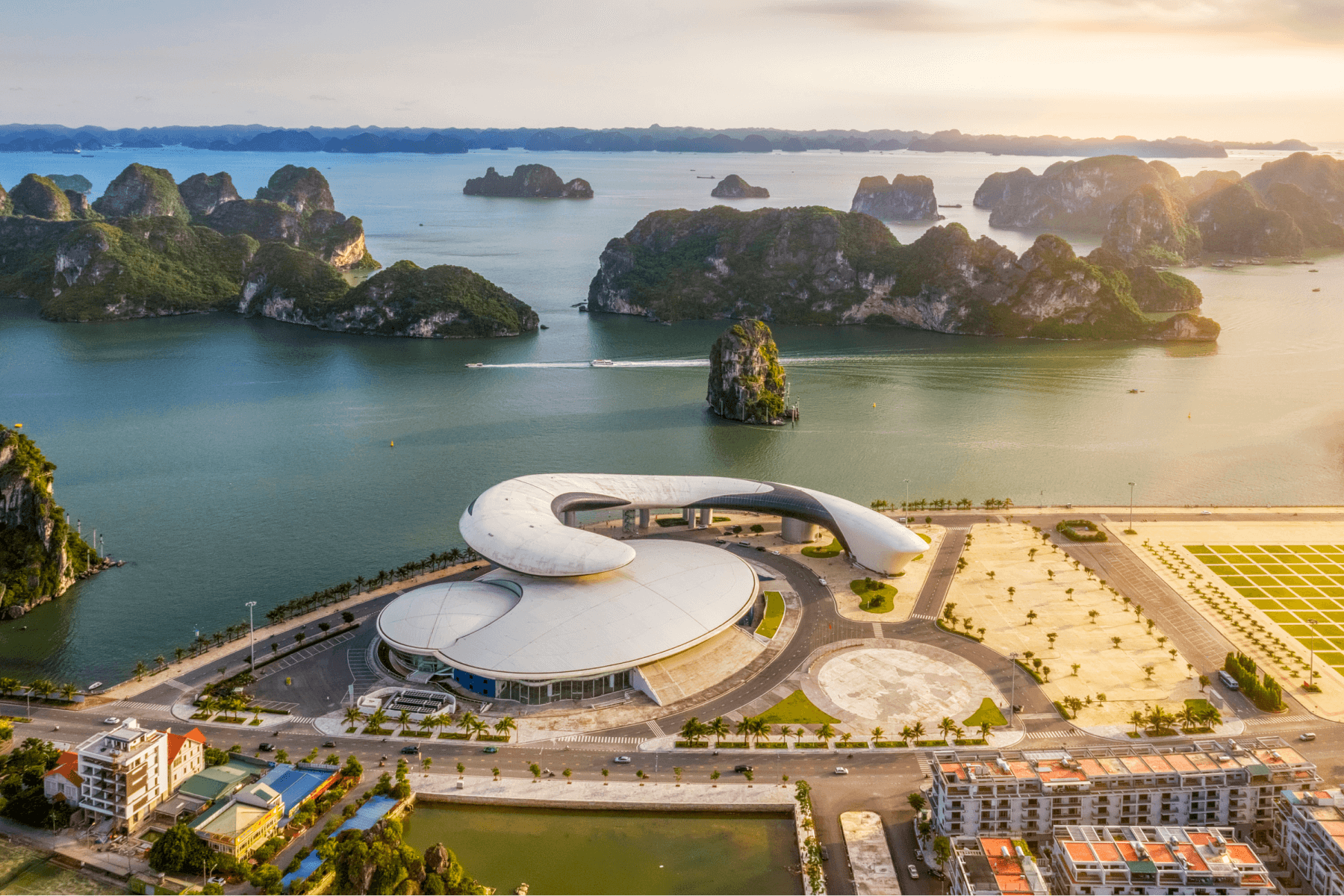
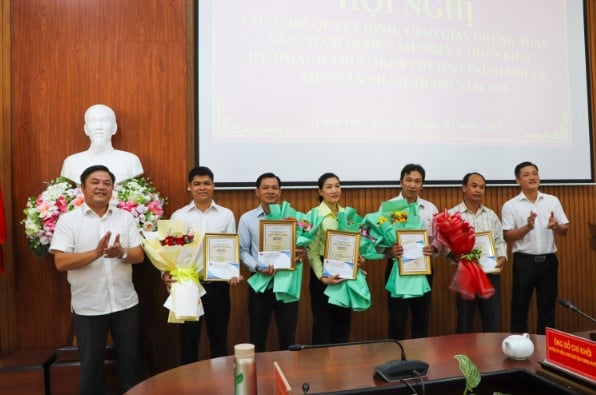
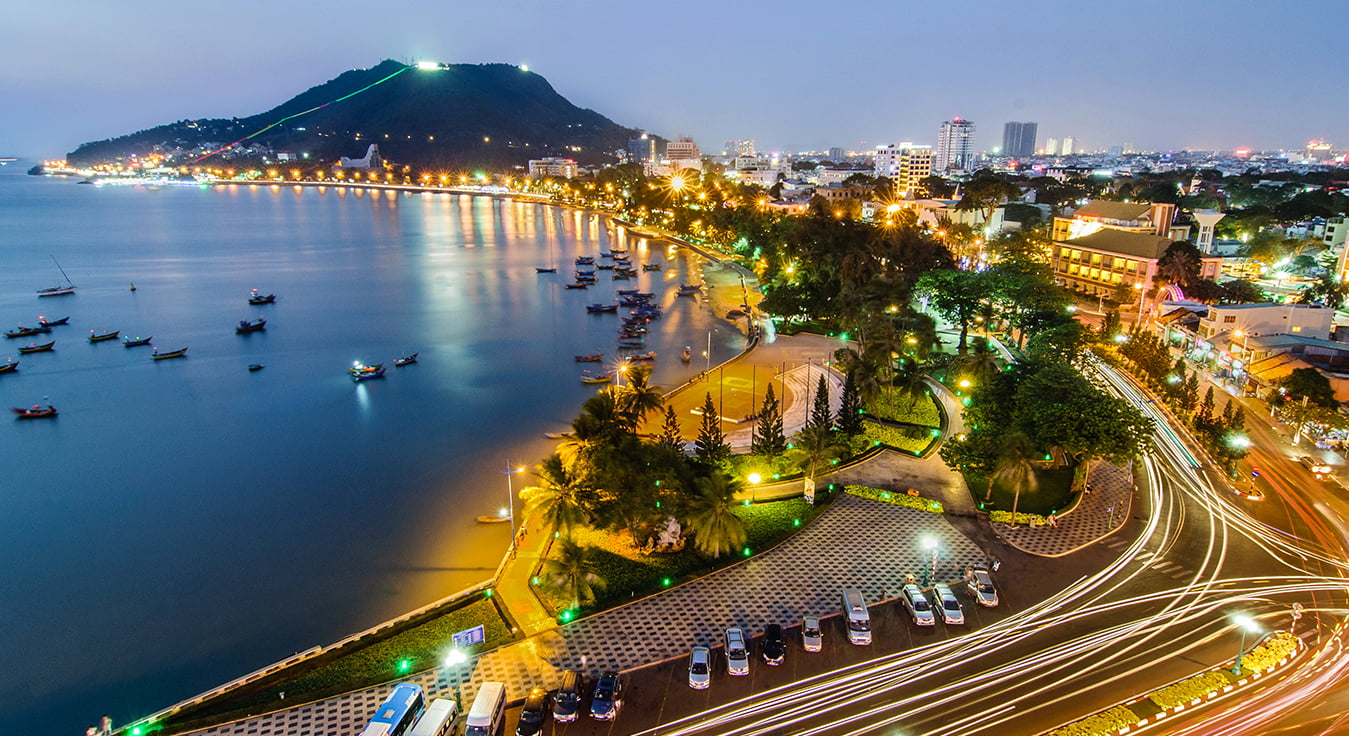
Comment (0)